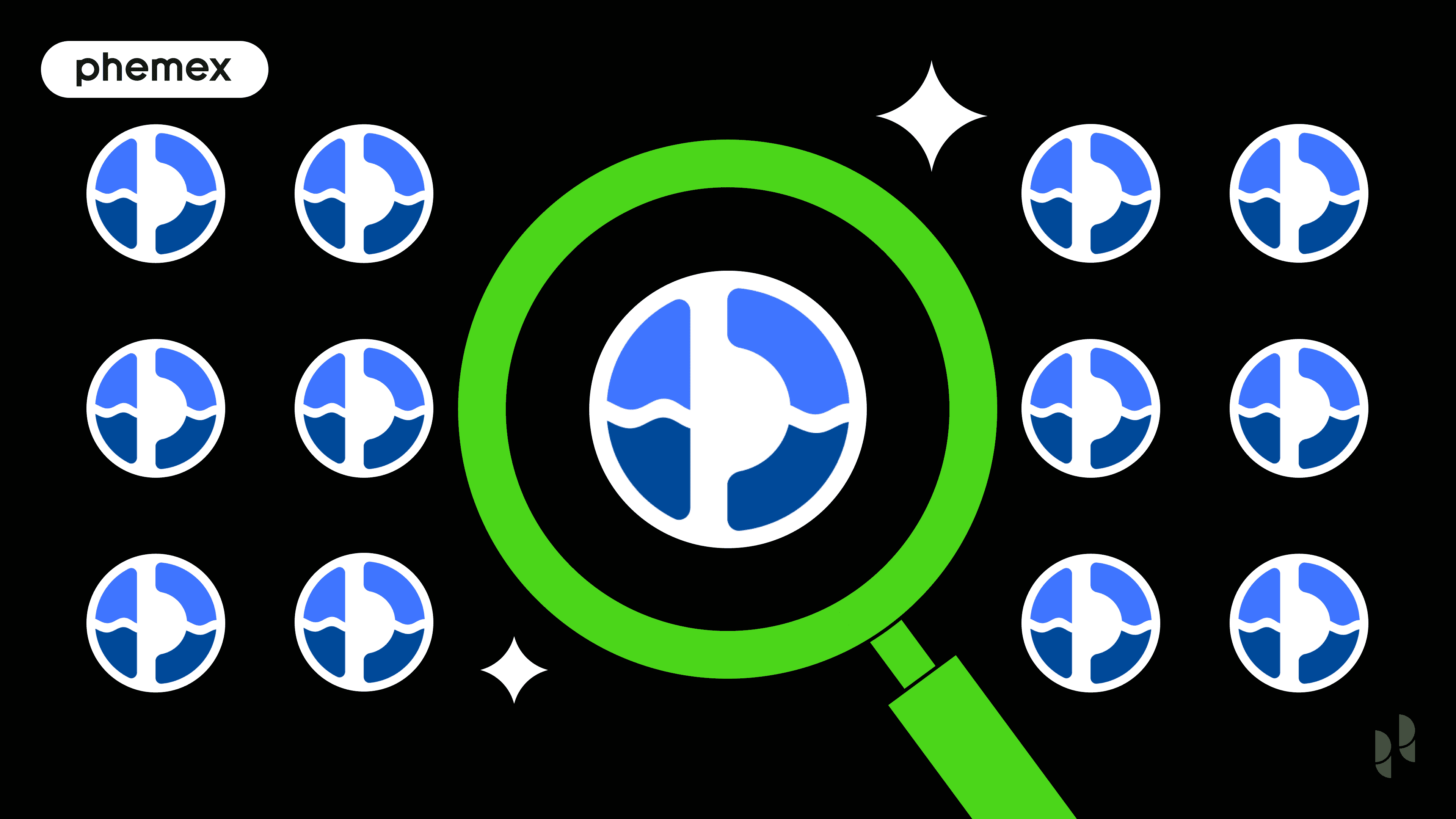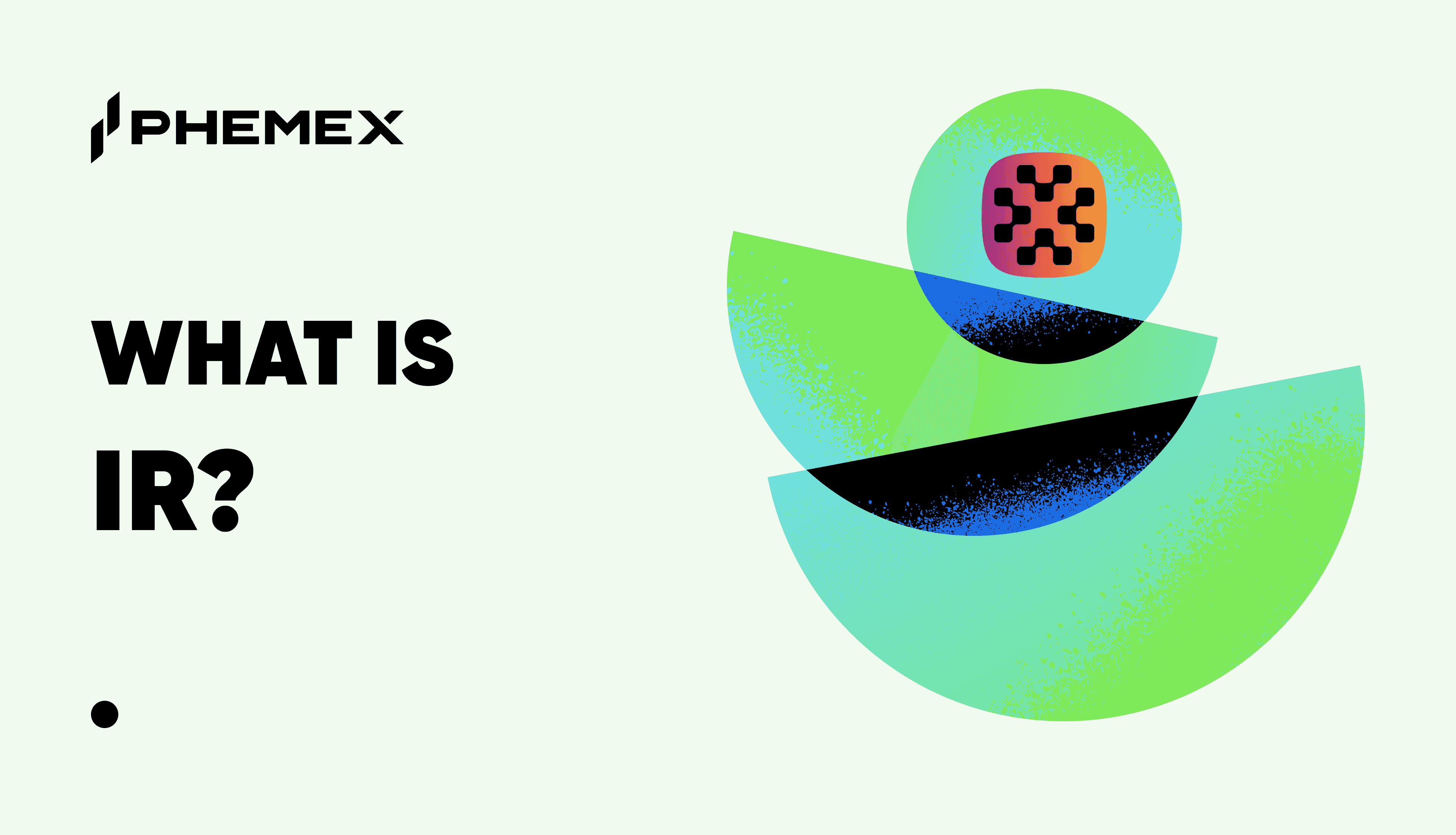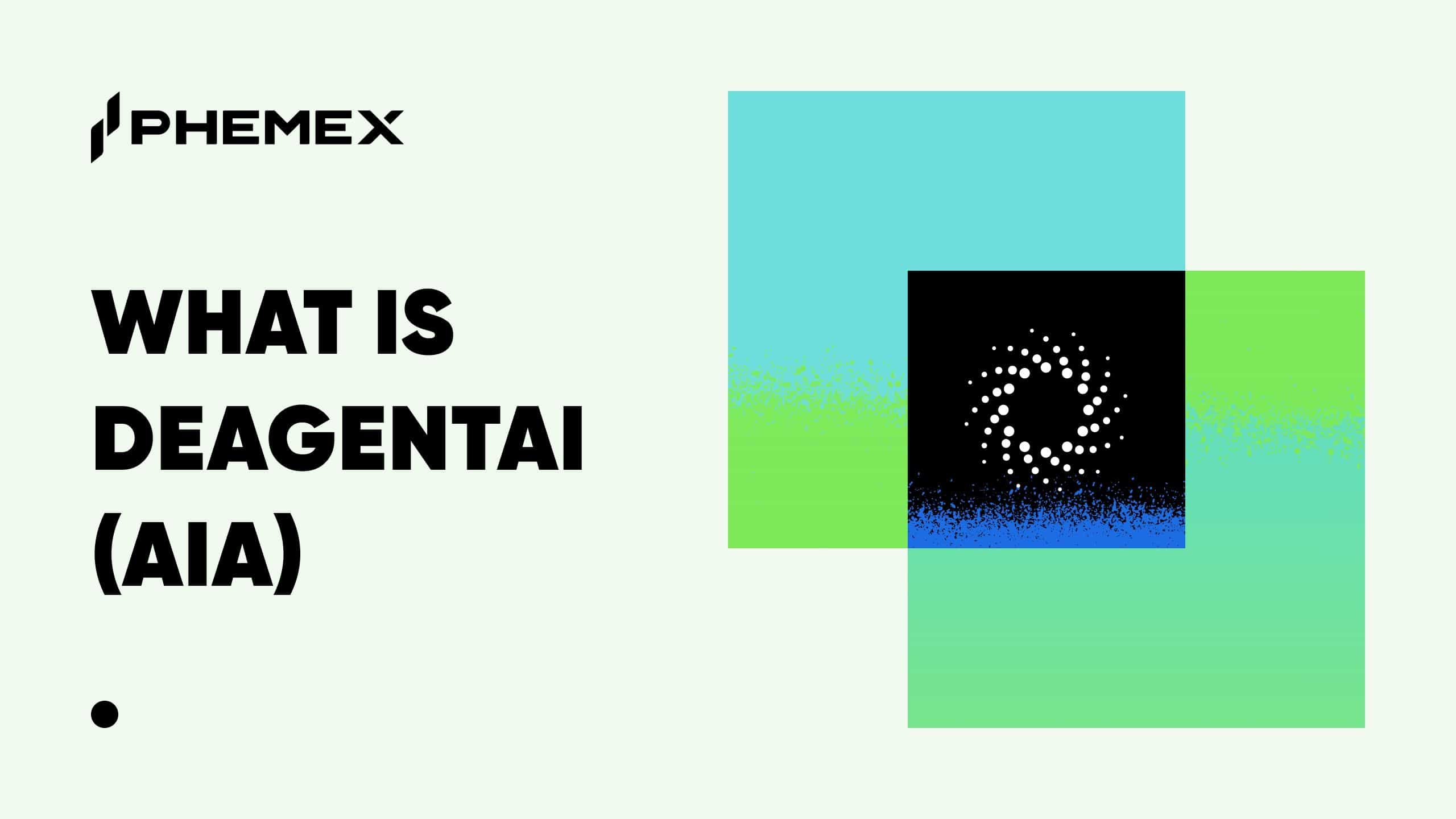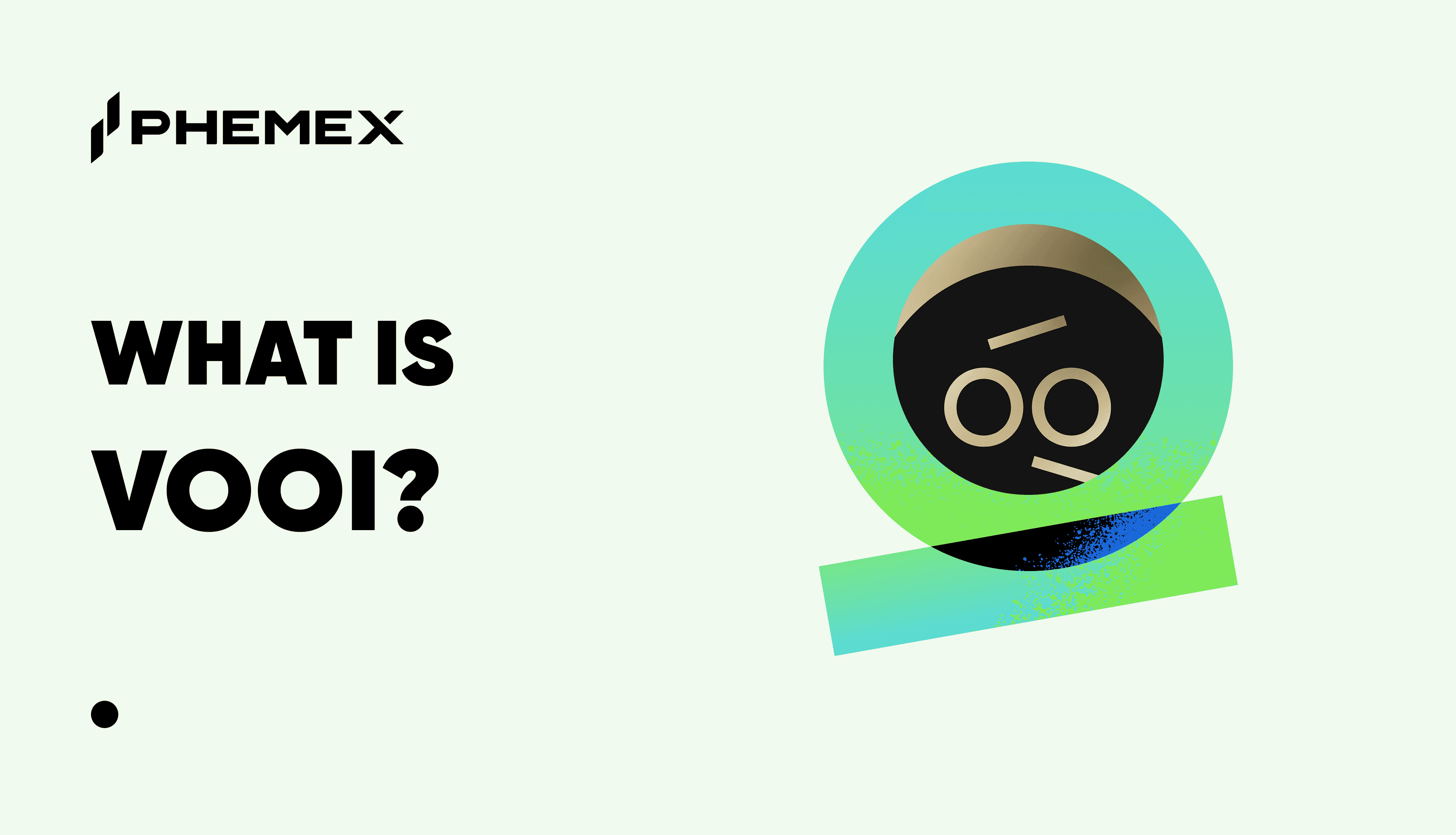Introduction
Fluid (FLUID) is a cutting-edge DeFi protocol built by Instadapp, making it easier for people to lend, borrow, and trade cryptocurrencies. Since its start in 2018 as Instadapp, Fluid has grown into a powerful system that solves common DeFi problems like high fees and complicated processes. It combines lending, trading, and advanced tools into one platform, with over $4 billion in market size, making it the second largest Ethereum DEX by trading volume. This Phemex Academy guide dives into Fluid's core mechanics, token utility, and its role in the maturing DeFi landscape, helping traders and builders understand why FLUID is surging amid recent market momentum.

Summary Box (Quick Facts)
- Token Name: Fluid
- Ticker: FLUID
- Contract Address: 0x6f40d4a6237c257fff2db00fa0510deeecd303eb
- Total Supply: 100,000,000 FLUID
- Circulating Supply: 76,750,000 FLUID
- Current Market Cap: $488M
- Type: Governance and Utility Token
- Chains: Multi-chain (Ethereum primary, with Polygon, Arbitrum, Base support)
- Availability on Phemex: Spot & Futures
What Is FLUID?
The FLUID token powers the Fluid platform, allowing users to vote on platform changes and access premium features. Originally named INST, it rebranded to FLUID in December 2024, with a 1:1 token swap to align with its expanded vision. Fluid simplifies DeFi by combining lending, borrowing, and trading into one user-friendly system, reducing the need for multiple apps and cutting down on high Ethereum transaction fees.
What Is the Fluid Platform?
Fluid acts as a DeFi hub, offering tools to manage your crypto efficiently:
-
Liquidity Hub: A central place to deposit, borrow, or withdraw crypto, using "fTokens" to track your balances.
-
Lending and Vaults: Lend crypto to earn interest or use vaults for advanced strategies to maximize returns, with real-time price data.
-
DEX (Decentralized Exchange): Trade tokens on Fluid’s automated market maker (AMM), launched in October 2024 with features like concentrated liquidity for better trades.
-
Dynamic Limits: Borrowing and withdrawal limits adjust based on your activity, ensuring safety while offering flexibility.
These features streamline DeFi, making it less fragmented and more cost-effective, as detailed in Fluid’s official guides.
Mission
Fluid’s mission is to make DeFi accessible, secure, and efficient for everyone. By simplifying complex tasks and consolidating liquidity, it empowers both beginners and experienced users to grow their crypto portfolios, building on Instadapp’s legacy of user-friendly DeFi solutions since 2018.
Why Fluid Stands Out
Fluid saves users money with low-cost transactions, thanks to smart coding that reduces Ethereum gas fees. It uses a BigMath system to handle large transactions accurately, avoiding errors. Fluid operates across multiple blockchains like Ethereum, Polygon, Arbitrum, and Base, offering flexibility. Its dynamic limits allow users to borrow or withdraw more over time, balancing security and access. Starting in August 2025, Fluid uses platform fees to buy back FLUID tokens, potentially increasing their value.
FLUID Token Allocation and Distribution
Fluid has a fixed supply of 100 million FLUID tokens, allocated to support community growth and long-term development. The 2024 rebrand from INST maintained fairness in token distribution, with treasury funds dedicated to initiatives like stablecoin rewards.
|
Category |
Percentage |
Amount (FLUID) |
Release Schedule |
|---|---|---|---|
|
Community & Ecosystem |
55% |
55M |
Released gradually over 4 years, with grants |
|
Team & Advisors |
23.79% |
23.79M |
Locked for 1 year, then released over 3 years |
|
Investors |
12.09% |
12.09M |
Released over 2-3 years |
|
Future Team & Partnerships |
7.85% |
7.85M |
Locked with gradual release |
|
Advisors |
1.27% |
1.27M |
Released over time |
Key Token Highlights
-
Community-Driven: Over 55% of tokens go to users and developers, including rewards and fee-funded buybacks to reduce supply.
-
Locked Tokens: Team and investor tokens are locked to ensure long-term commitment, with most unlocks completed by 2025.
-
Growth Support: Treasury funds boost high-yield activities like stablecoin lending.
What Does the FLUID Token Do?
The FLUID token has multiple roles in the ecosystem:
-
Governance: Vote on platform upgrades, like new features or fund use, through the Fluid DAO.
-
Access: Pay for premium tools, such as vault creation or real-time price feeds.
-
Rewards: Earn tokens by lending or adding liquidity, increasing your earnings.
-
Profit Sharing: Platform fees fund token buybacks, benefiting FLUID holders.
These functions make FLUID a key part of the platform’s operations, per Fluid’s documentation.
Fluid vs. Aave
|
Feature |
||
|---|---|---|
|
Focus |
All-in-one platform (lending, DEX, vaults) |
Lending-focused protocol |
|
TVL |
Surged to $1.68B |
Established at $40.136B |
|
Key Feature |
Dynamic limits & low-cost transactions |
Flash loans & risk management |
|
Token Use |
Governance, rewards, buybacks |
Staking, safety module |
|
Chains |
Ethereum, Polygon, Arbitrum, Base |
20+ networks |
What Makes Fluid Different
Fluid offers a complete DeFi experience with lending, trading, and vaults, unlike Aave’s lending-only focus. Fluid’s low-fee transactions and high liquidity efficiency—generating up to $39 per $1 of TVL—make it attractive for users seeking better returns.
The Tech Behind Fluid
Fluid uses clever tech to keep costs low, like optimizing code to reduce Ethereum gas fees. Its BigMath system ensures precise calculations for large transactions, preventing mistakes. Safety features like overflow checks protect against errors, and support for multiple blockchains (Ethereum, Polygon, etc.) adds versatility. These make Fluid reliable and approachable for new users, as outlined in its technical docs.
Team & Origins
Founded in 2018 by brothers Samyak Jain (CEO) and Sowmay Jain (CTO) in Delhi, Instadapp—now Fluid—started as a DeFi simplifier. The team of blockchain experts developed tools like the DeFi Smart Account (DSA). Samyak’s vision, shared in Fluid’s launch blog, positions it as a game-changer for DeFi’s future.
Key News & Events
-
2023: Fluid launched in October, focusing on unified liquidity.
-
2024: DEX v1 debuted in October; rebranded to Fluid in December with token swap.
-
2025: TVL reached $3.2B; DEX v2 upgrades launched; Solana integration with Jupiter Lend began in July.
-
Q4 2025: Plans for expanded vaults and a token buyback program starting October.
Is Fluid Worth Exploring?
Fluid is a key player in the fast-growing DeFi market, offering a simple yet powerful platform for managing crypto. Its rising popularity, driven by strong user adoption and innovative features, makes it an exciting option, though price fluctuations are something to keep in mind.
Positive Momentum
-
TVL Surge: Reached $1.68B, making it a top Ethereum DEX.
-
Growing Adoption: High trading volumes and multi-chain support show user interest.
-
Token Buybacks: Starting October 2025, fees will reduce token supply, potentially increasing value.
Potential Risks
-
Price Volatility: Recent gains could drop in a bearish market.
-
Competition: Aave leads with higher TVL; DeFi regulations may pose risks.
-
Token Unlocks: Remaining token releases could impact prices if not carefully managed.
Tips for Getting Started
-
Why Use FLUID: Perfect for voting on platform updates or earning rewards through lending.
-
Stay Informed: Track TVL and fees to understand Fluid’s growth.
-
Research First: Check Fluid’s contracts on Etherscan, explore DAO proposals, and consult a financial advisor.
How to Trade FLUID on Phemex
FLUID is available on Phemex for spot and futures trading. Here’s how to start:
-
Sign up or log into your Phemex account.
-
Deposit funds like USDT into your wallet.
-
Choose your trade amount and buy—hold or trade as you like.
FAQ
-
What is Fluid? A DeFi platform combining lending, trading, and vaults for easy crypto management.
-
How is it different from Aave? Fluid includes trading and dynamic limits, while Aave focuses on lending.
-
Is FLUID safe? Yes, with audited contracts, safety checks, and community governance.
-
What’s next for Fluid? More blockchains and token buybacks planned for 2025-2026.
-
Why the price jump? TVL growth and platform milestones have boosted trading volume.
Conclusion
Fluid (FLUID) simplifies DeFi with a powerful, all-in-one platform for lending, trading, and more. Its low fees, growing TVL, and community focus make it a standout, though price swings require caution. Stay updated with Phemex Academy for the latest on Fluid and DeFi trends.







